How to identify acetate upholstery fabric? To answer this question, you need to read the following article. Regenerated cellulose fiber known as acetate fiber is created by treating wood pulp with acetic acid, acetic anhydride, and acetone to create a viscous liquid that is then extruded and solidified to form filaments.
The origin of acetate fiber: Lint, acetic acid, and wood chips.
Chemical characteristics:
- Strong oxidizing agents and alkaline solutions can quickly break down cellulose acetate.
- Acetone and nail polish removers containing acetone will degrade acetate upholstery.
- Proof against moths, mildew, and more mildew.
Cleaning Capabilities:
- Moisture reduces the strength of acetate.
- Acetate typically does not shrink and may be cleaned either wet or dry.
- Detergents that contain oxygen bleach can harm it.
- Before cleaning the interior, make sure to check the color fastness.
- Anti-shrinkage.
- susceptible to heat.
- little capacity to absorb moisture.
- rapid drying

Drawbacks of using acetate in upholstery:
- Unsuitable for heavy household furnishings.
- inadequate wear resistance
- aging causes attenuation.
- weakened by sunlight.
- minor scrapes and stains.
- Dry cleaning can be necessary, depending on the cleaning code and care label.
- destroyed by alcohol, acetone, and acetic acid.
- The benefits of acetate material for upholstery include:
- Crisp and pleasant to the touch, the texture.
- Anti-shrinkage.
Test for Fiber ID:
- It burns just how it should.
- As the substance coalesces and solidifies into a mass, the fabric’s edges become more constrictive and curl.
- It spills and splashes like asphalt. Ash made of acetate is brittle, hard, and challenging to smash with your fingertips.
- Because acetic acid is needed to make acetate, the ash has a vinegar-like acidic flavor.

Acetate Fabric
It’s crucial to take extra particular care with this delicate, smooth fabric when safeguarding your acetate fabric. Learn more about cleaning acetate and how to care for acetate fabrics.
Describe acetate
A synthetic fabric created from cellulose is called acetate. By combining sulfuric acid, acetic acid, and acetic anhydride in a chemical reaction, refined cellulose can be produced from wood pulp. Although this fabric has a lovely texture and appearance, it needs to be hand cleaned due to its delicate nature. It is frequently combined with other fibers to produce stronger, machine-washable fabrics.
What textiles are produced with acetate?
Material made of acetate is silky, smooth, and simple to color. This is why acetate apparel frequently consists of soft items like shirts and liners as well as dresses for weddings and parties. Acetate is a synthetic fabric that drapes exceptionally nicely.
How are acetate garments washed?
- Before washing, check the fabric care label on your clothing. Acetate can mix with other materials, therefore washing directions may change based on the fabric’s make-up.
- Clothing made of pure acetate needs to be hand cleaned.
- Use Ariel Original Washing Liquid and cold water that doesn’t get above 30 degrees during washing.
- Don’t twist or fold the fabric in any way.
- Acetate-containing fabrics can be laundered in a washing machine using the cold water option.
How can I dry my acetate clothing?
To naturally dry your clothing, lay them out on a towel or hang them out. Acetate fabrics should not be tumble dried.
How should I iron and keep my acetate clothing?
Iron the fabric with the iron’s inside on the iron set to prevent wrinkles. Make sure to store acetate apparel far from items like nail polish remover, perfume, and alcohol-based organic solvents. Items can be hung or hung according to clothes.
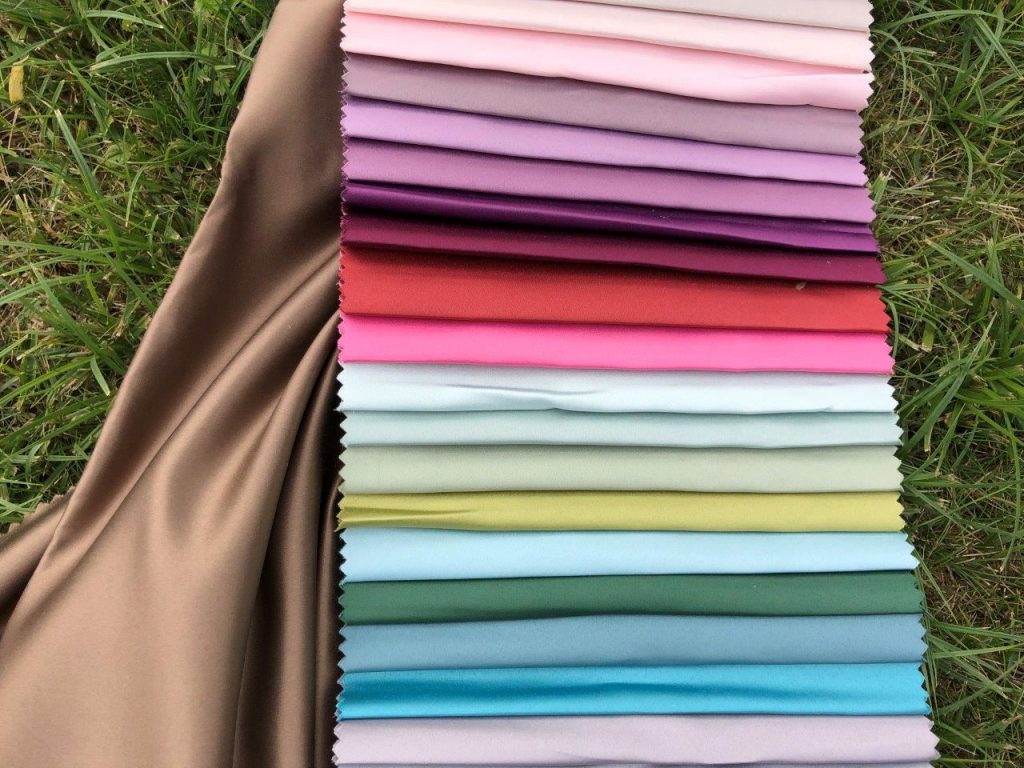
Sofa Upholstery Fabric
The sofa in your house is the best illustration of craftsmanship. A sofa upholstery fabric is a need if you want to relax inside or curl up and read your favorite book. Knowing the kind of couch fabric that is suitable is always a crucial concern. You may have a lot of questions before purchasing couch fabrics, and we’ll assist you to choose wisely for your ideal sofa.

Sofa Cover Types for Homes
- Cotton couch fabric: Due to its texture, durability, and resistance to dust and wrinkles, cotton textiles are ideal for sofas. They are the ideal couch covers for Indian homes since they are breathable, cozy, and energy-efficient.
These sofa coverings defy wear, fading, and pilling and keep you comfortable throughout the hot Indian months. However, this cloth is readily soiled. Due to the fabric’s tendency to shrink, the sofa must be covered carefully.
- Linen couch fabric: Linen is the most understated and appealing textile material for sofa fabric. This natural fiber is incredibly durable. Made from a naturally resistant fabric that is soft, smooth, and glossy with outstanding durability. Of all the Indian family sofas, it is the most comfortable and traditional. It should be kept in mind that it is less stain and fade resistant.
Indian sunlight damages its fibers, and after washing, it shrinks considerably. Natural antimicrobial and antimold properties exist in premium linen. Additionally, it is a good sofa fabric since dust cannot easily collect on or adhere to its surface.
- Silk couch fabric: Silk is a delicate, opulent sofa fabric that is a dream in any home. It works well in formal contexts.
Its sparkling sheen and smoothness are particularly alluring, and its smooth surface prevents soil from settling. However, the substance is less elastic and loses strength in the sun.

Vintage Acetate Fabric
Fabric made of vintage acetate is a special combination of synthetic and natural elements. Fabrics made of acetate are frequently called rayon. Although acetate can wrinkle, these wrinkles can be easily eliminated from acetate materials in a short period. All you need is some iron, cleaner, and tender loving care.
Acetate can be hand-washed or machine-washed at the proper setting. Use cold water and light detergent. Do not use any chemicals, including bleach. Fabric will get hurt by this.
Take the cloth out of the washer or sink. Avoid squeezing it. Gently squeeze the towel to remove any extra water. A huge towel should be placed on it, then rolled up with the fabric inside. Let’s take a short break and relax. The fabric should be unwrapped and dried flat.
For best results, iron acetate fabric while it is still just a little bit damp. To protect the fabric, place a press cloth between the iron and the acetate. Iron the fabric from the incorrect side. To avoid sagging and tearing, iron slowly. Dry the fabric by ironing it.
To get rid of even more creases, iron the fabric while it dries. To preserve the fabric, stretch it and cover it with a press cloth. If you are using press fabric, iron the fabric from the right side. Iron slowly, being careful not to add any more wrinkles to the iron.
Hang clothing made of acetate on non-metal hangers. By doing this, the fabric won’t corrode. To avoid other coats from touching and squeezing the acetate coat, which would cause wrinkling to worsen, provide enough space around the coat.
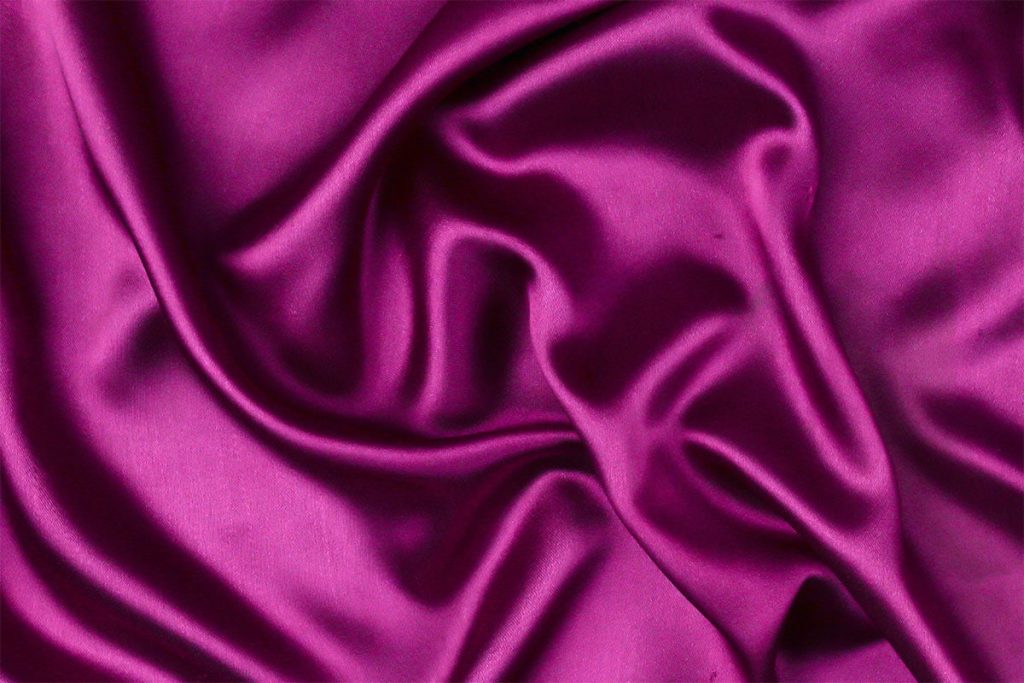
Cellulose Acetate Fabric
Cellulose acetate fabrics have been incredibly well-liked throughout time. They are created from organic fabric comprised of cotton pulp and wood linter. These resins sometimes referred to as cellular resins, are some of the most naturally occurring polymers on earth. Two cellulose ester cellulose polymers make up cellulose.
A few fundamental cellular building blocks are still in use today, including cellulose casein, cellulose acid, and cellulose acetate propionate. These esters are used to make the porous ethyl esters, butyrates, acetates, and propionates polymers. Numerous commercial applications routinely and extensively utilize cellulose production.
Do you wish you knew more about the characteristics and uses of cellulose acetate? Read this article through to the end of it sounds too wonderful to be true. Become familiar with cellulose acetate.
Pure natural cellulose is used to create cellulosic biotin from natural plastic. This polymer is created using cotton fibers, sulfuric acid, glacial acetic acid, and acetic anhydride. We can refer to sulfuric acid as a catalyst since it enhances the reaction that leads to the production of cellular acid. A cellular tricine is created by the above polymer’s chemical makeup. But it hydrolyzes when water is added. The outcome of this process is cellulosic synthesis.
Raw cellulose biosynthesis cannot be used to make thermoplastics. Common methods in the form of composite configurations can be used for this. First, additives and polymers are directly combined with cellulose. Cellulosic amino acid particles are created once the composition is dissolved, and they are subsequently treated using various methods.
Because of these characteristics, they are frequently the preferred option for both common and complex applications in biological acids. There are transparent and translucent colored varieties of cellulose acetate. Excellent mechanical and dielectric constant characteristics of these resins contribute to the growth of applications. There are several liquid compositions.
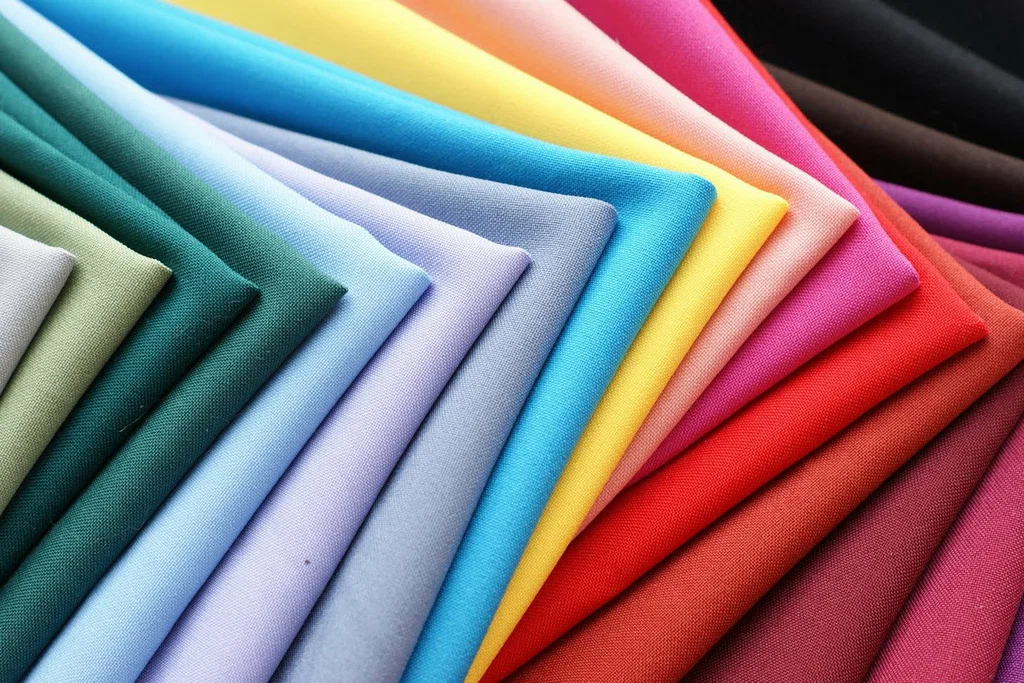
Can You Steam Acetate Fabric
Can you wash and steam acetate fabrics? Manufactured from cellular acid, and synthetic fiber. They are also used for dress and coat patterns, shirts, lingerie, and shoe patterns. Vinegar stained or flax mimics silk, is damaged and expensive. Stain & Stain Bar Wash or Stains Treat Solution. Pay attention to delicate places like necklaces, cuffs, and underarms.
The remedy works best on tannin and blotchy stains like pet stains and stains from wine, coffee, ink, herbs, urine, and blood. Dirt, fat, grease, and makeup may all be removed using the Wash & Stain Bar substance. Re-soak for 30 minutes in warm water with 1/4 cup of scented vinegar to get rid of the odor. An acid bath is always the healthiest and safest method for washing your hands.
Add 2 cups or 1 cup of soft lava oil to a bowl of hot water. To properly distribute the soap, wet your hands as well and mix them lightly. Take a 30-minute soak. Rinse well once more under running water until the water is soap-free.
Don’t change it. Water is however in short supply. Place the dress on the mesh layer bag with the inside out. Pick a gentle cycle on the washing machine that spins at a moderate temperature while the water is running. Depending on the size of the engine and the load, add the necessary amount of wonderful wash.
Use a low-temperature iron to prevent melting because biotin is thermoplastic. Wet iron has the incorrect side out. Add a little mist of the most recent components. Always keep everything tidy. It can remove dirt, dust, and other impurities from the primary environment while being enclosed in plastic, which promotes yellowing. These strategies are all based on textile science. Not everything is created in the manner that science predicts.

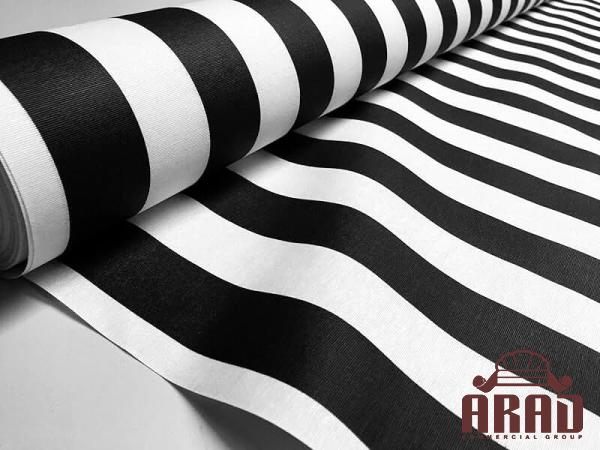

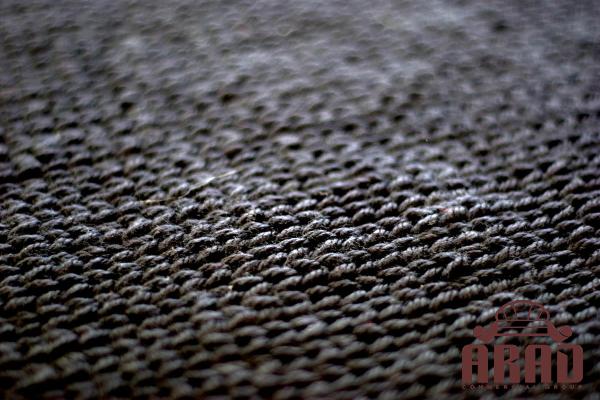




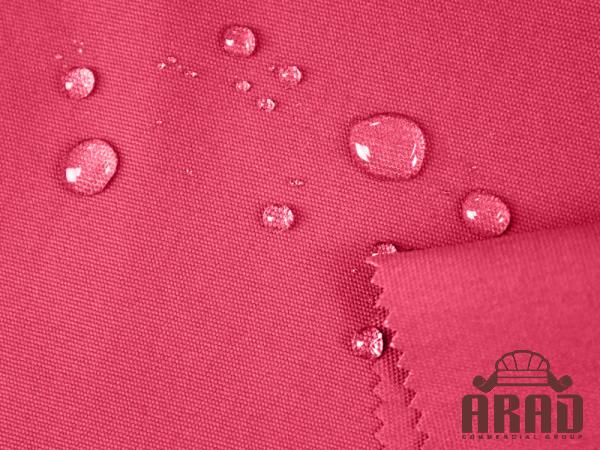
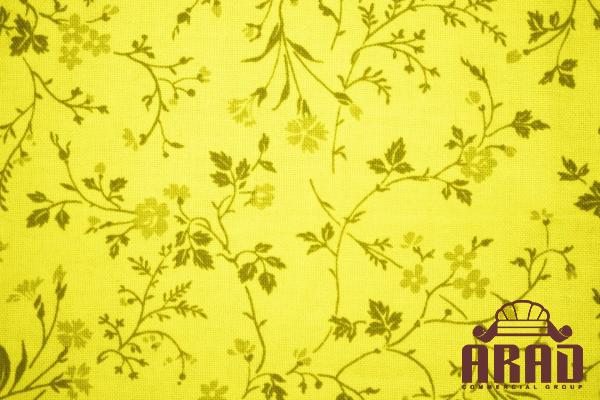
Your comment submitted.